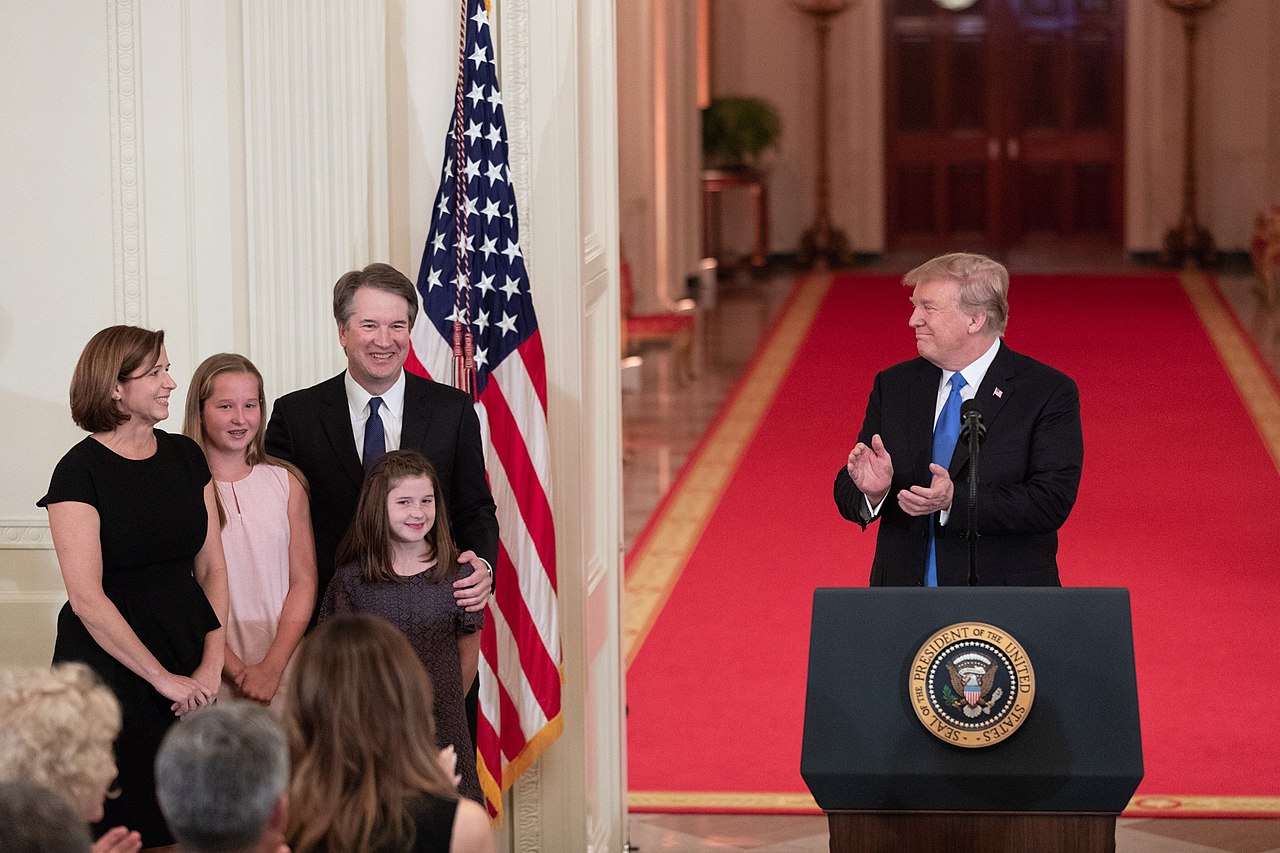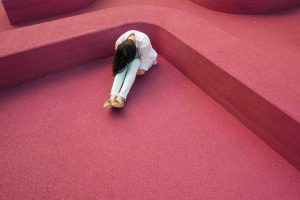During the Kavanaugh Trial, the fashion industry’s’ heightened awareness of injustices towards women meant that fashion month fell flat.
Written by Jessica Graham
Signs of fire and fury at Paris Fashion Week
The buzz, excitement and empowerment of fashion month. Powerful businesswomen and fashion editors coexist and network in the same venues. All wear designer labels, of which are run by more women than ever before. Finally, it’s females running the top fashion houses such as Dior and Givenchy. It’s a new movement in female empowerment; a new optimism that inequality between genders does not have a place in the fashion industry.
Then that optimism fell asleep at its alkaline. Suddenly, during fashion month, particularly at Paris Fashion week, the momentum that the movements like #MeToo birthed for female empowerment, froze.
Instagram will load in the frontend.
On September 27, Paris Fashion Week’s highly anticipated Rick Owens show had one of the most avantgarde sets seen amongst SS19 collections. A giant pyre at the centre of the stage, which suddenly burst into flames, symbolizing both ‘hope and dread’ according to Owens’ show notes.
This burning pyre quickly became emblematic, foreshadowing the fire and fury that became fashion month. Vanessa Friedman, one of fashion’s most venerable critics from the New York Times tweeted, “Given what is going on in Washington right now, I am going to refrain from tweeting pictures of fashion shows.”
Collective anger brewing amongst fashion editors
Meanwhile, in Washington, Brett Kavanaugh trial was taking place. Kavanaugh is Donald Trump’s nomination of the Justice of the Supreme Court of the United States; a man accused of sexually assaulting Dr. Christine Blasey Ford, a university professor at Palo Alto University, in the 1980s.
After Kavanaugh successfully received the nomination, President Trump publicly debilitated the victim, one giant step backwards for victims of sexual assault, who have advocated to bring awareness to an issue that continuously gets swept under the rug.
“I think the response to the Kavanaugh trial is heartening in itself. That collective anger is really important and we need it to make change,” says Lauren Cochrane, Senior Fashion Writer and Acting Fashion Editor a The Guardian in response to how fashion week was impacted by the news.
“The outcome of the trial is of course incredibly disappointing and unfortunately reinforces that a man’s voice is heard louder than a woman’s,” Florrie Alexander, Fashion Assistant at Harper’s Bazaar who attended London Fashion Week, added. She believes female empowerment in fashion has become retrogressive.
“We saw it during Paris Fashion Week,” she says.
“The Celine show encompassed all the fears hanging over us: the lack of diversity, the extreme thinness of the models and the passé idea that a woman should wear incredibly short 80s-style party dresses,” Alexander explains. “This fashion month we saw male designers and creative directors who aren’t working in a woman’s interest. They aren’t using their sphere or platform to enhance female liberation or represent the female body in the way women are desperately calling for. Fashion should be a reflection of its political and social surrounding. But many fashion houses which are run by men are limited by the fact that they assume what creativity and sexuality should be instead of commenting upon the world around them.”
The Celine show hit a bad note
Instagram will load in the frontend.
On national television, we watched a panel of political Senators hire a prosecutor to try and lacerate the credibility of a victim, rather than launch a fairly timed investigation. Not an investigation that would merit some recognition for a political party before the upcoming midterm elections, but an investigation on how someone who is accused of sexual assault could even be considered to be the Associate Justice of the Supreme Court of the United States.
“The backdrop of the Kavanaugh trial made this Paris fashion week particularly memorable and made lots of editors think more about feminism and fashion,” explains Cochrane, about her experience covering fashion week during the trials. “This was confounded by the fact that this was the first Celine show without the beloved Phoebe Philo, who basically became the icon for clothes designed for a female rather than male gaze, so Hedi Slimane’s collection hit a bad note.”
The aftermath of the Kavanaugh trials should inspire a movement to create fashion that mirrors, and empowers the changing world we are in.








